T4 versus T5 in undercabinet fixtures.
lbny_rob
17 years ago
Related Stories

MOST POPULAR5 Remodels That Make Good Resale Value Sense — and 5 That Don’t
Find out which projects offer the best return on your investment dollars
Full Story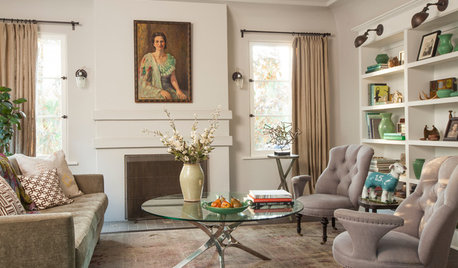
LIVING ROOMSNew This Week: 5 Fully Decorated Living Rooms That Don’t Go Overboard
See how designers filled these recently uploaded spaces with the right amount of furniture and accessories
Full Story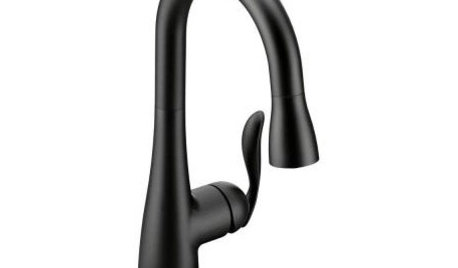
PRODUCT PICKSGuest Picks: 19 Kitchen Upgrades for When You Can't Afford an Overhaul
Modernize an outdated kitchen with these accents and accessories until you get the renovation of your dreams
Full Story
KITCHEN DESIGNTrending Now: 25 Kitchen Photos Houzzers Can’t Get Enough Of
Use the kitchens that have been added to the most ideabooks in the last few months to inspire your dream project
Full Story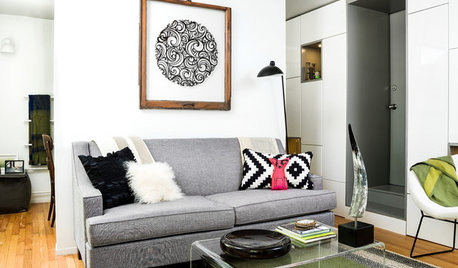
DECORATING GUIDESBudget Decorator: How to Save When You Don’t DIY
You don’t have to be crafty to decorate your home inexpensively. Here are other ways to stretch your design dollars
Full Story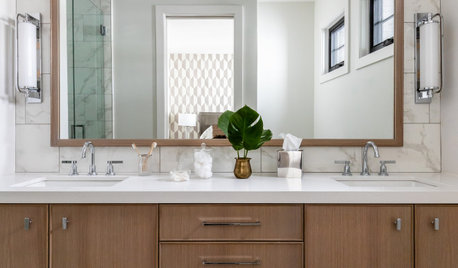
BATHROOM VANITIESShould You Have One Sink or Two in Your Primary Bathroom?
An architect discusses the pros and cons of double vs. solo sinks and offers advice for both
Full Story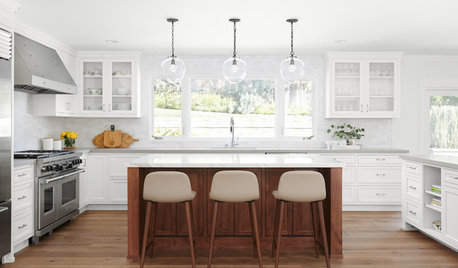
KITCHEN WORKBOOKWhen to Pick Kitchen Fixtures and Finishes
Is it faucets first and sinks second, or should cabinets lead the way? Here is a timeline for your kitchen remodel
Full Story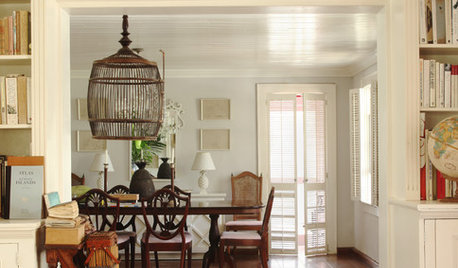
LIGHTING12 Fun Light Fixtures Made From Found Objects
Trash became treasure in these one-of-a-kind lights. See if they inspire your own DIY pendant project
Full Story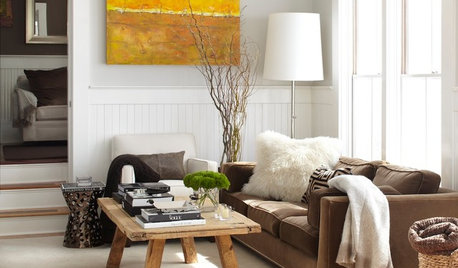
LIGHTINGYour Guide to Common Light Fixtures and How to Use Them
Get to know pot lights, track lights, pendants and more to help you create an organized, layered lighting plan
Full Story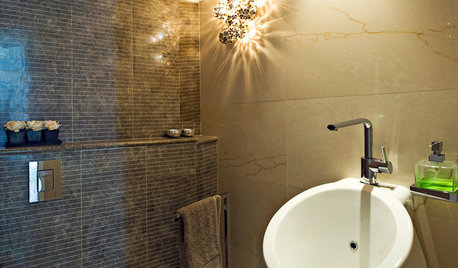
BATHROOM DESIGN16 Bathroom Light Fixtures That Radiate Style
No need to stick with the standard when gorgeous, unexpected light fixtures for the bathroom abound
Full StoryMore Discussions






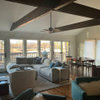
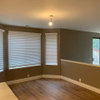
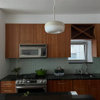

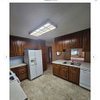
DavidR
lbny_robOriginal Author
Related Professionals
Philadelphia Furniture & Accessories · Kansas City Furniture & Accessories · Belle Glade Interior Designers & Decorators · East Hanover Interior Designers & Decorators · Shorewood Interior Designers & Decorators · Liberty Township Interior Designers & Decorators · Elkridge Decks, Patios & Outdoor Enclosures · Arlington Heights Decks, Patios & Outdoor Enclosures · Brooklyn Park Decks, Patios & Outdoor Enclosures · Del Aire Decks, Patios & Outdoor Enclosures · Hobart Decks, Patios & Outdoor Enclosures · Issaquah Decks, Patios & Outdoor Enclosures · Lockport Decks, Patios & Outdoor Enclosures · Renton Decks, Patios & Outdoor Enclosures · Vero Beach Decks, Patios & Outdoor EnclosuresJon1270
lbny_robOriginal Author
Jon1270
lbny_robOriginal Author
Jon1270
DavidR
DavidR
Jon1270
lbny_robOriginal Author
Jon1270
dmlove
DavidR
atlr
gaurav